The 'Please wait for the GPSVC' screen error in Windows 11 can be quite disruptive, especially since it may occur during startup, shutdown, or when switching user profiles. This issue is tied to the Group Policy Client Service (GPSVC), which is responsible for applying administrative policies to all users on a computer. If this service malfunctions or if the associated system files become corrupted, you might find yourself unable to access your PC. Thankfully, there are several methods you can use to resolve this problem and get your system back to normal.
Since this error often prevents you from accessing your system through the usual means, you'll need to boot your PC in Safe Mode first. Safe Mode loads only essential drivers and services, allowing you to troubleshoot without interference from third-party applications.
Boot Your PC into Safe Mode
To begin troubleshooting, you'll need to start your PC in Safe Mode. Here's how you can do it:
Step 1: Turn on your computer, and as soon as it begins to boot, press and hold the power button for about 10 seconds to force a shutdown. If you're using a desktop computer, you can also disconnect the power supply. Repeat this process three times.
Step 2: On the fourth attempt, allow your PC to boot normally. Windows should automatically launch the Windows Recovery Environment (WinRE).
Step 3: In the WinRE screen, click on the 'Troubleshoot' option to proceed.

Step 4: Next, select 'Advanced options'.
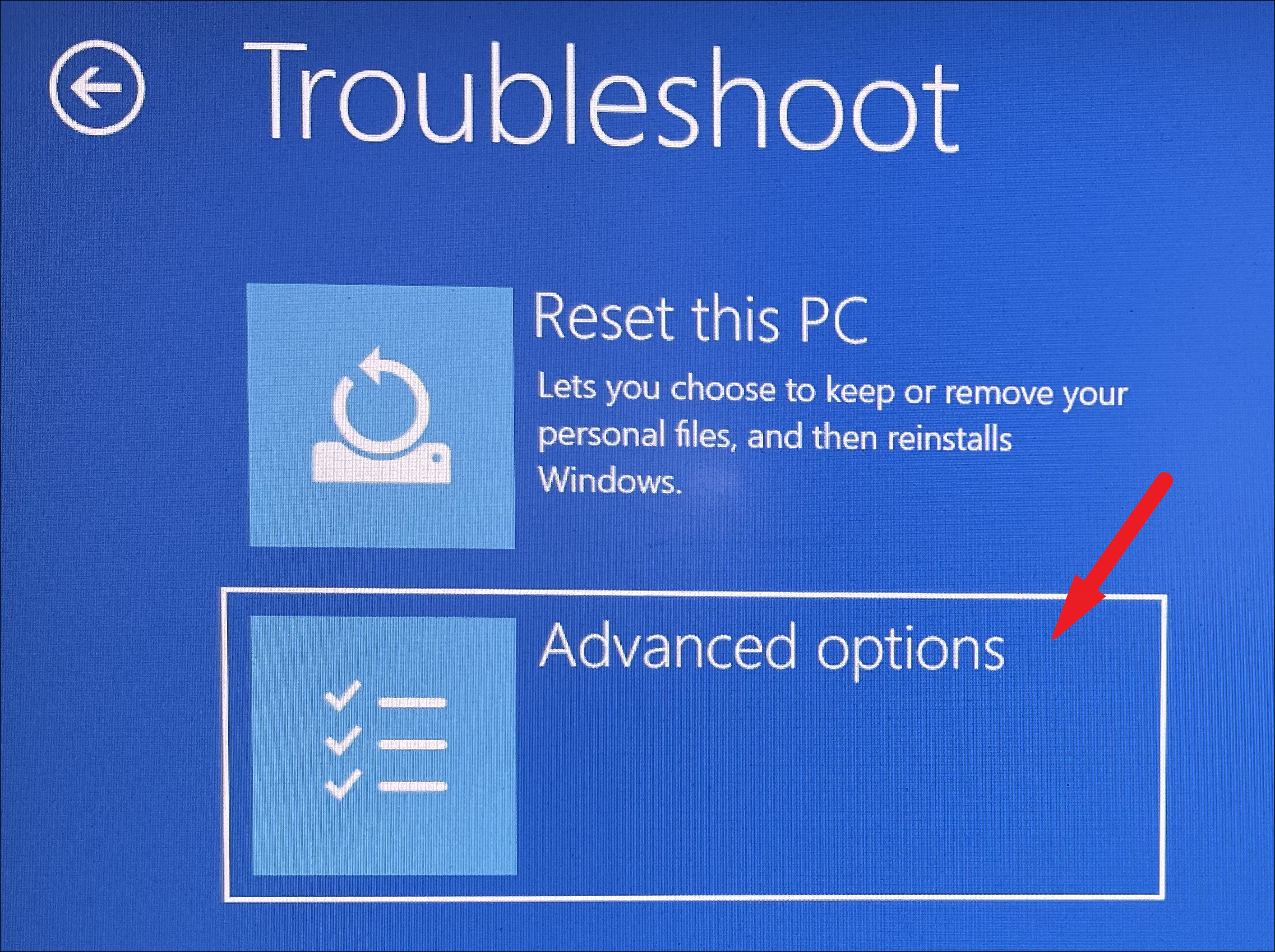
Step 5: Click on 'Startup Settings' to continue.

Step 6: Click the 'Restart' button at the bottom right corner. Your PC will restart and present a list of options.

Step 7: On the Startup Settings screen, press the number corresponding to 'Enable Safe Mode with Networking' (usually number 5). This option allows you to access the internet while in Safe Mode.
1. Restart Group Policy Service
Often, the GPSVC error can be resolved by simply restarting the Group Policy Client Service, especially if a deadlock or interference caused it to malfunction. Restarting this service can quickly restore its functionality.
Step 1: Press Win + R to open the Run dialog box. Type services.msc and press Enter.
Step 2: In the Services window, scroll down to find 'Group Policy Client'. You can also press the G key to jump to services starting with 'G'.
Step 3: Right-click on 'Group Policy Client' and select 'Properties'.

Step 4: In the Properties window, click on 'Stop' to halt the service. Wait for a few moments, then click 'Start' to restart it.

Step 5: Click 'Apply' and then 'OK' to save the changes.

Step 6: Restart your computer normally to see if the issue has been resolved.
2. Modify the GPSVC Registry File
Corruption or misconfiguration in the registry settings related to GPSVC can cause this error. Modifying the registry entries for GPSVC might help fix the problem.
Step 1: Press Win + R to open the Run dialog box. Type regedit and press Enter to open the Registry Editor.
Step 2: In the Registry Editor, navigate to the following path by copying and pasting it into the address bar and pressing Enter:
Computer\HKEY_LOCAL_MACHINE\SOFTWARE\Microsoft\Windows NT\CurrentVersion\Svchost

Step 3: Right-click on the 'Svchost' folder, select 'New', and then choose 'Key'. Name this new key GPSvcGroup.

Step 4: With 'GPSvcGroup' selected, right-click in the right pane, hover over 'New', and select 'DWORD (32-bit) Value'. Name this value AuthenticationCapabilities.

Step 5: Double-click on 'AuthenticationCapabilities'. In the Value data field, enter 12320. Ensure the 'Decimal' option is selected. Click 'OK' to save.

Step 6: Close the Registry Editor and restart your computer to apply the changes.
3. Reset Local Group Policy Settings
If the local group policy settings have been altered or corrupted, resetting them to their default values can resolve the GPSVC error.
Step 1: Open the Command Prompt with administrative privileges. Press Win + X and select 'Windows Terminal (Admin)'. If prompted by User Account Control, click 'Yes'.
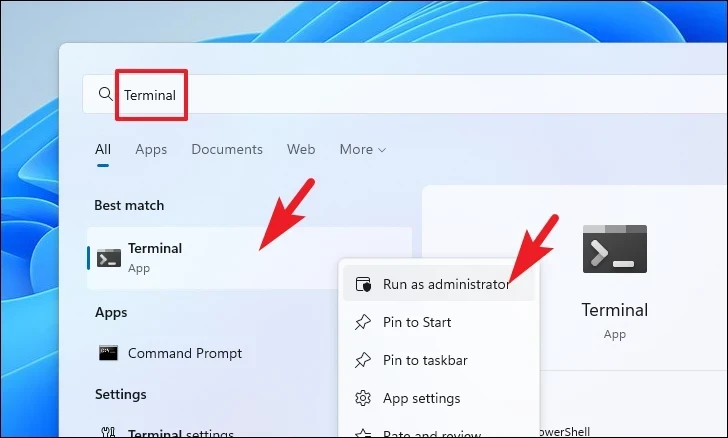
Step 2: In the Windows Terminal, click on the downward arrow icon and select 'Command Prompt'.
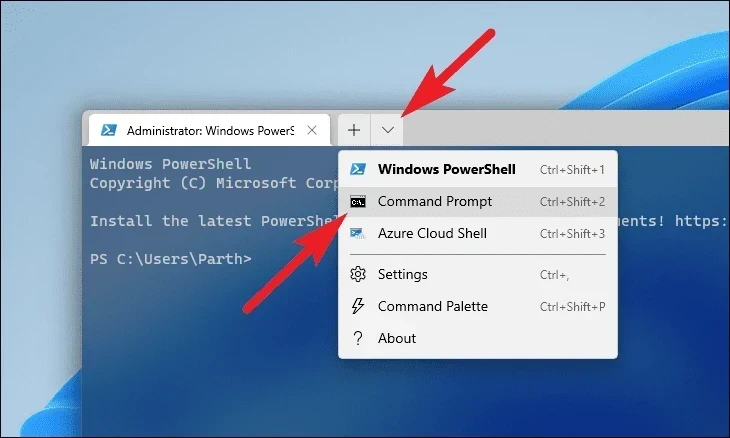
Step 3: Type or copy and paste the following command and press Enter:
RD /S /Q "%WinDir%\System32\GroupPolicyUsers" && RD /S /Q "%WinDir%\System32\GroupPolicy"
Step 4: After the command executes, run this command to update the group policy:
gpupdate /force
Step 5: Restart your computer to see if the issue persists.
4. Run SFC and DISM Scans
System File Checker (SFC) and Deployment Image Servicing and Management (DISM) are built-in tools that can repair corrupted or missing system files. Running these scans can fix issues related to system file corruption.
Step 1: Open Windows Terminal with administrative privileges as described earlier.
Step 2: In the Command Prompt tab, type the following command and press Enter to run the DISM scan:
DISM /Online /Cleanup-Image /RestoreHealth
Step 3: Once the DISM scan is complete, run the SFC scan by typing the following command and pressing Enter:
SFC /scannow
Step 4: After the scans are complete, restart your computer and check if the error is resolved.
5. Perform a System Restore
If you've previously created a system restore point, reverting your system to that state can fix the GPSVC error, especially if recent changes caused the issue.
Step 1: Press Win + R, type control panel, and press Enter to open the Control Panel.
Step 2: In the Control Panel, set the 'View by' option to 'Large icons' if it's not already set. Then, click on 'Recovery'.
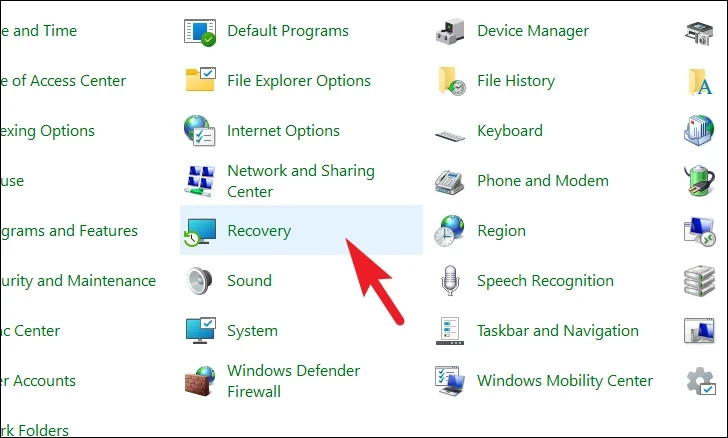
Step 3: Click on 'Open System Restore'. This will open the System Restore wizard.

Step 4: Click 'Next', then select a restore point from the list provided. Choose a date when your system was functioning correctly.
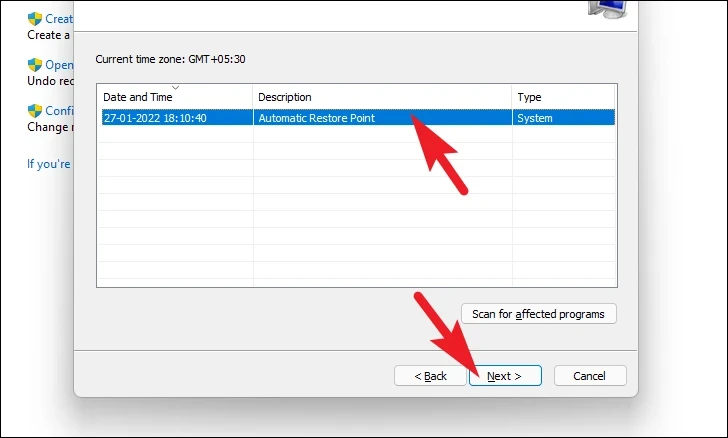
Step 5: Click 'Next', then 'Finish' to start the restoration process. Your computer will restart, and the system will be restored to the chosen point.
6. Restart Your PC
Sometimes, the simplest solutions are the most effective. A regular restart can resolve temporary glitches or service deadlocks that might be causing the GPSVC error.
Step 1: Click on the 'Start' menu, select the 'Power' icon, and choose 'Restart'.

Once your PC restarts, check if the error persists.
7. Reset Your PC
If none of the above methods have resolved the issue, resetting your PC might be the next best step. This process reinstalls Windows but allows you to keep your personal files.
Step 1: Open the Settings app by pressing Win + I.

Step 2: In the Settings window, ensure you're in the 'System' section from the left pane.
Step 3: Scroll down on the right and click on 'Recovery'.
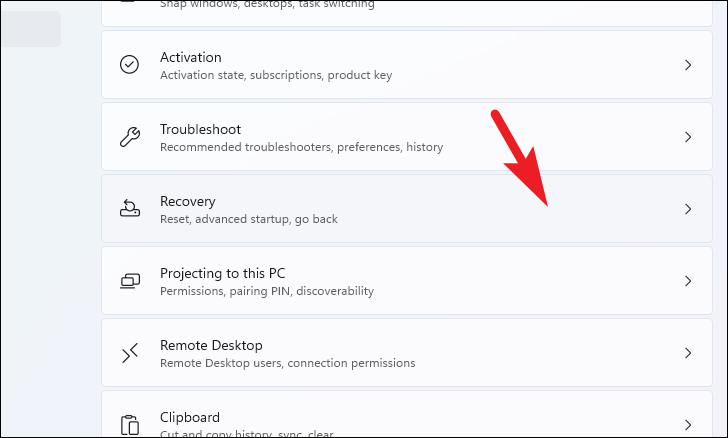
Step 4: Under 'Recovery options', click the 'Reset PC' button next to 'Reset this PC'.

Step 5: In the Reset this PC window, choose 'Keep my files' to retain your personal data while reinstalling Windows.

Step 6: Select 'Cloud download' to download a fresh copy of Windows. This requires an internet connection and will consume over 4GB of data.

Step 7: Review the settings, and if you wish to change any, click on 'Change settings'. Make adjustments as needed, then click 'Confirm'.

Step 8: Click 'Next', then 'Reset' to begin the reset process. Your PC will restart several times during this process.
Wait for the reset to complete, after which your system should be free of the GPSVC error.
Encountering the 'Please wait for the GPSVC' error can be disconcerting, but with the methods outlined above, you should be able to resolve the issue and regain full access to your Windows 11 PC.


